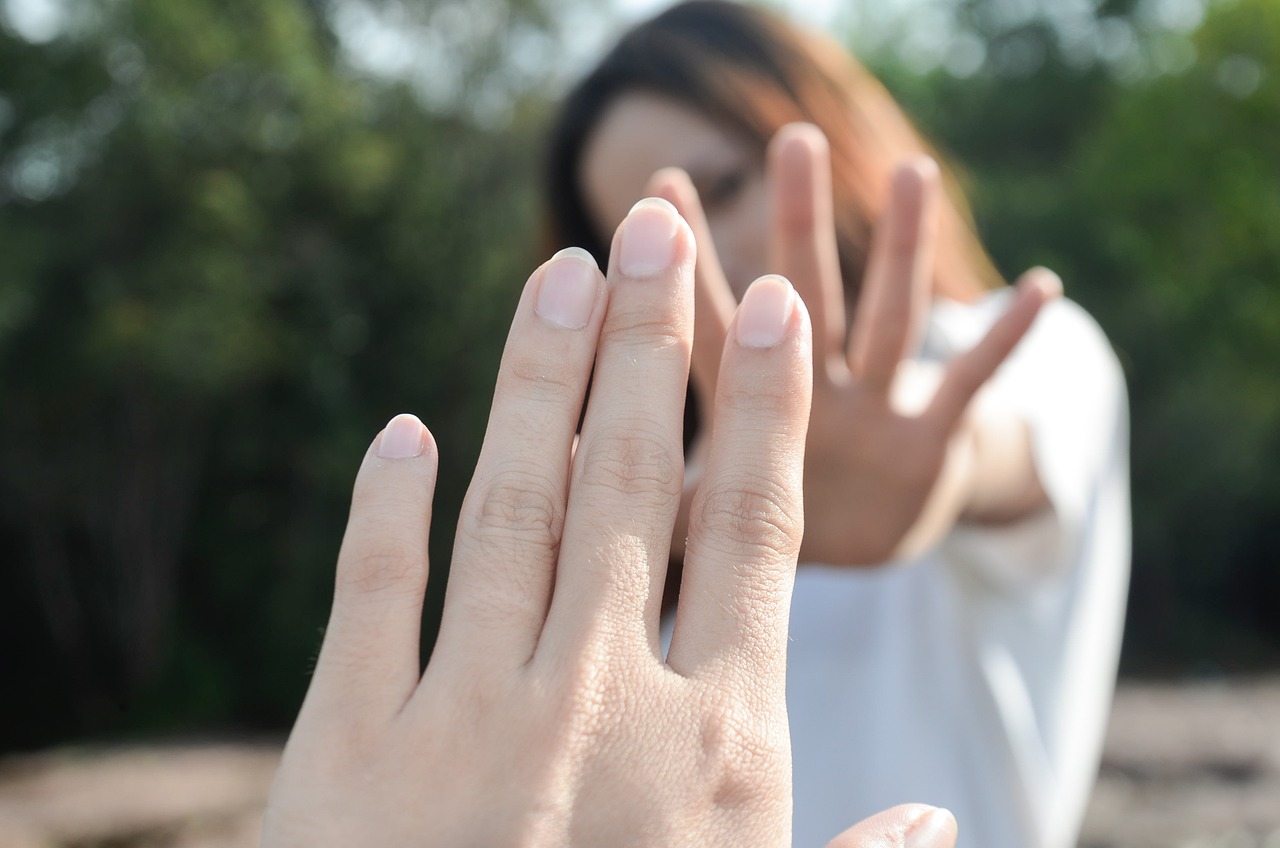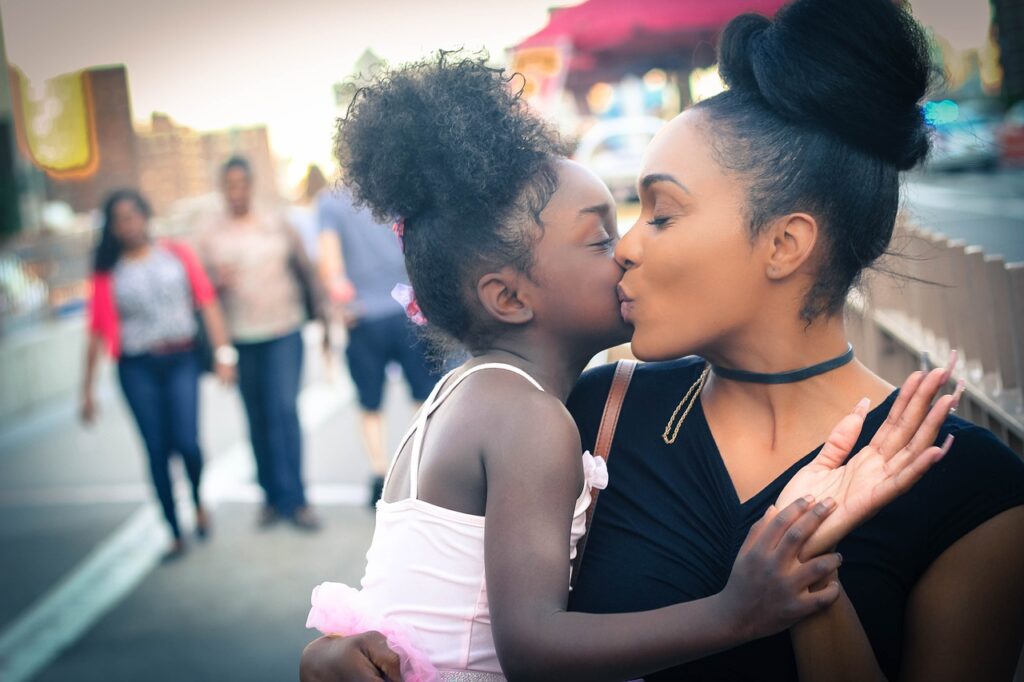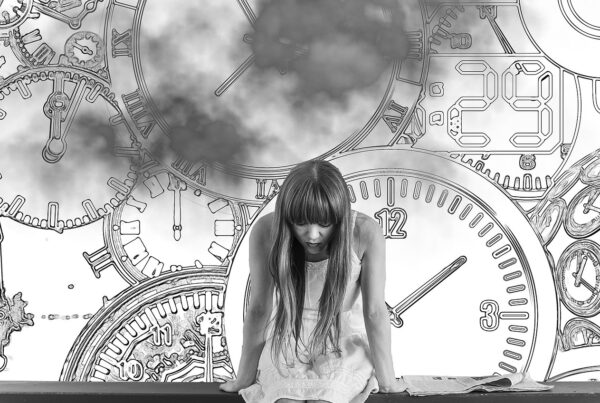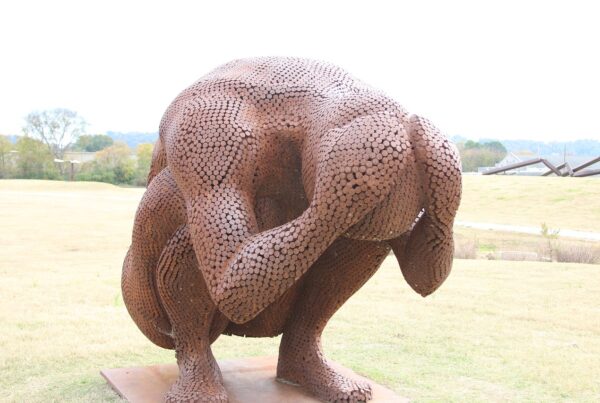There is an old joke that goes “My wife emailed me our wedding photos , but I couldn’t open any of the files , I always have trouble with ……emotional attachments!”.
Ok , I admit its not funny , but in my defence Ive got an almighty headache , I started this post as a small filler about how childhood trauma can affect our attachments as adults .Then I realised there is a ton of information to go through first , many hours later Im back , with the addition of a headache, and no I haven’t got attached to it , Ive taken everything but it refuses to go.
Anyway , believe it or not I have a point to get to ……..
Firstly , what on earth are we talking about when we use the term attachment? way back in 1997 John Bowlby a British Psychiatrist wrote paper called “Attachment and loss”. He called attachment” a lasting psychological connectedness between human beings”. This he showed was moulded by a child’s emotional bond with their primary care givers . You can see the direction we are heading here………

We are going to look at different effects , different attachment styles , but one caveat first. Try not to diagnose your own attachment style , there are specially trained and qualified professionals who can assess that and Im not one of those unqualified quacks on the internet who will help you diagnose yourself and charge you to put it right , Im a sufferer like you , to quote ABBA ” Im nothing special ,in fact I’m bit of a bore”.
lets go back to Bowlby and 1997 when Oasis , the spice girls and the Backstreet Boys were in the charts . Bowlby showed that even if you as a child have multiple relationships your attachment style can be set by the bond with the person that provided close care.
The first two years are vital Bowlby said at this time children develop an ” internal working model”, this will impact their relationships ,trust and self worth. there are stages of attachment , but we don’t need to look at them here, my headache thanks you for that.
I think we all know what normal attachment looks like there is a secure and loving relationship between the child and the primary care giver . The infant will soon realise that this person is around if they need help , they feel secure and safe with them and they probably feel anxious when the main care giver is not around.This is a positive relationship and the child will probably develop good attachments with others , have stable emotional relations and have the social skills that they need ,this might also be termed a secure attachment. All good so far…..

Not so good
The flip side of this of course is insecure attachment , it’s pretty much the opposite of the above . This might not indicate maltreatment as other factors can be present but it’s not healthy and may indicate if noticed that the family could perhaps benefit from attachment intervention. I should point out that there are sub divisions or many types of attachment disorder , we won’t you will be pleased to hear , be covering them all, far too complicated for my commodore 64 brain, lets stick to the overall picture.
Attachment can be avoidant , this can occur when a caregiver isn’t responding to the childs need for comfort during times of distress .The child may avoid showing future emotions , they may not rely on the caregiver for future comfort and in adult life they may become distant emotionally in their relationships. This type of attachment can also be termed dismissive avoidant.
There is also anxious or preoccupied attachment , known as resistant attachment ( I did warn you this all gave me a headache) . Now this caregiver might be good one day and not the next they become unpredictable to the care the child needs .The child may have to resort to other means to get attention , perhaps emotional outbursts or responses , they may come across as needy children as they feel insecure in that relationship. Perhaps not surprisingly they mirror this in adult relationships and may look for constant reassurance or come across as needy.
Disorganised Attachment ,this is perhaps the most problematic ,the care giver may be frightening or act in a way that would be considered Atypical or perhaps unpredictable . There is no organised strategy , the child feels unsafe or anxious , they may have their needs given in a way that involves fear. You might have noticed that I used unpredictable here as well as the disorder above . This is because disorganised attachment incorporates anxious and avoidant styles as well. The child is just unsure if their needs will be ever met or how it will be given . Imagine care being given, as well as abuse , either verbal, physical or sexual by the same care giver, what is a child to think? The child will know they cannot trust that care giver , they might feel the need to distance themselves from them due to fear , but sadly they still need care and love and they seek that from this disorganised caregiver, really a mixed message to cope with.
(Benoit D ” infant-parent attachment :Definitions,types,antecedents in Paediatrics and child health 2004 ,541-5450) Benoit shows that The most common cause of disorganised attachment is having an abusive caregiver . He shows nearly 80% of maltreated infants have insecure disorganised attachment problems.
What about becoming an adult ?
Having read the above you might well worry about that child and the effects on adulthood and relationships. Well you’re right to worry ,as an adult they are always worried about rejection , they are looking around for the next disappointment . In a loving relationship they feel insecure ,will my partner really love me , how can they? They have a negative outlook when it comes to relationships and might even end one to save the inevitable pain , they think little of themselves and may seek partners that remind them of the fear they felt .They may stay in a relationship that is unhealthy , they crave intimate relationships and at the same time they are terrified of it at the same time . They display a lack of trust , they might be the ones going through your emails or post to see the signs of rejection or cheating, even if there are no other reason to suspect infidelity.
Help?
There are things that some people find helps ,being nice to yourself , talk to a qualified therapist ( Im not one sadly),knowledge of how they got to that point a narrative that is coherent . finding and keeping healthy relationships to break the cycle . Challenging thoughts, perhaps through a journal , set boundaries.
I can’t give advice , but I will say , don’t suffer alone , seek help even if its from a friend or communities of childhood trauma sufferers, there are people who care , I care, but haven’t found my own answers yet.
And I still have my headache…….
Anyway , hope you are keeping well , see you soon…….







